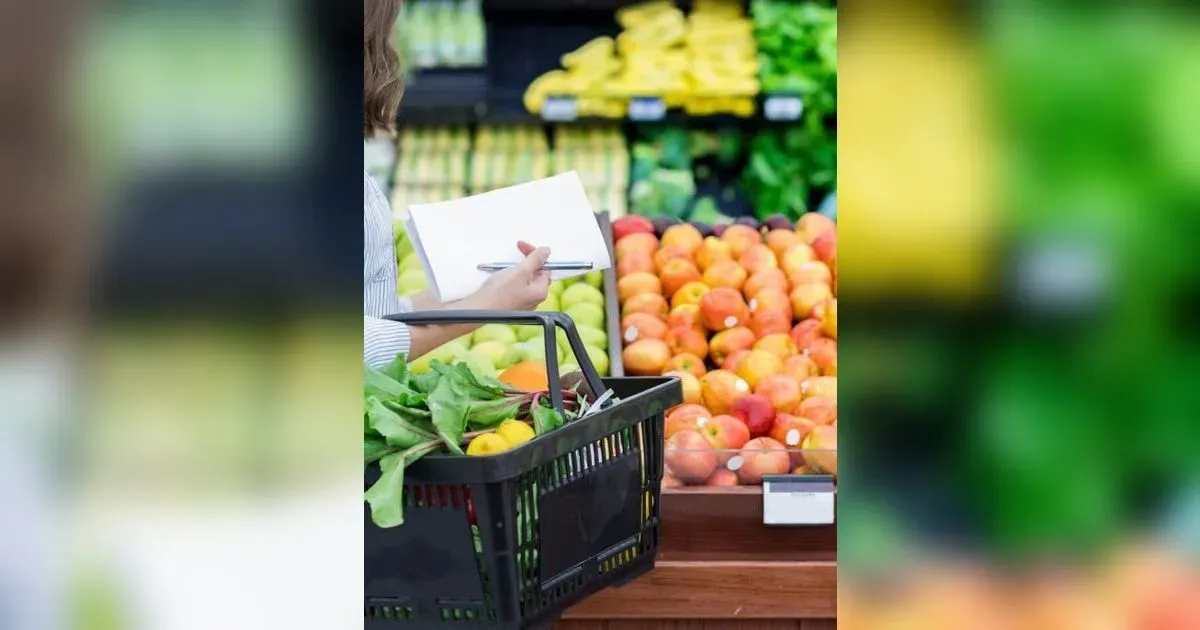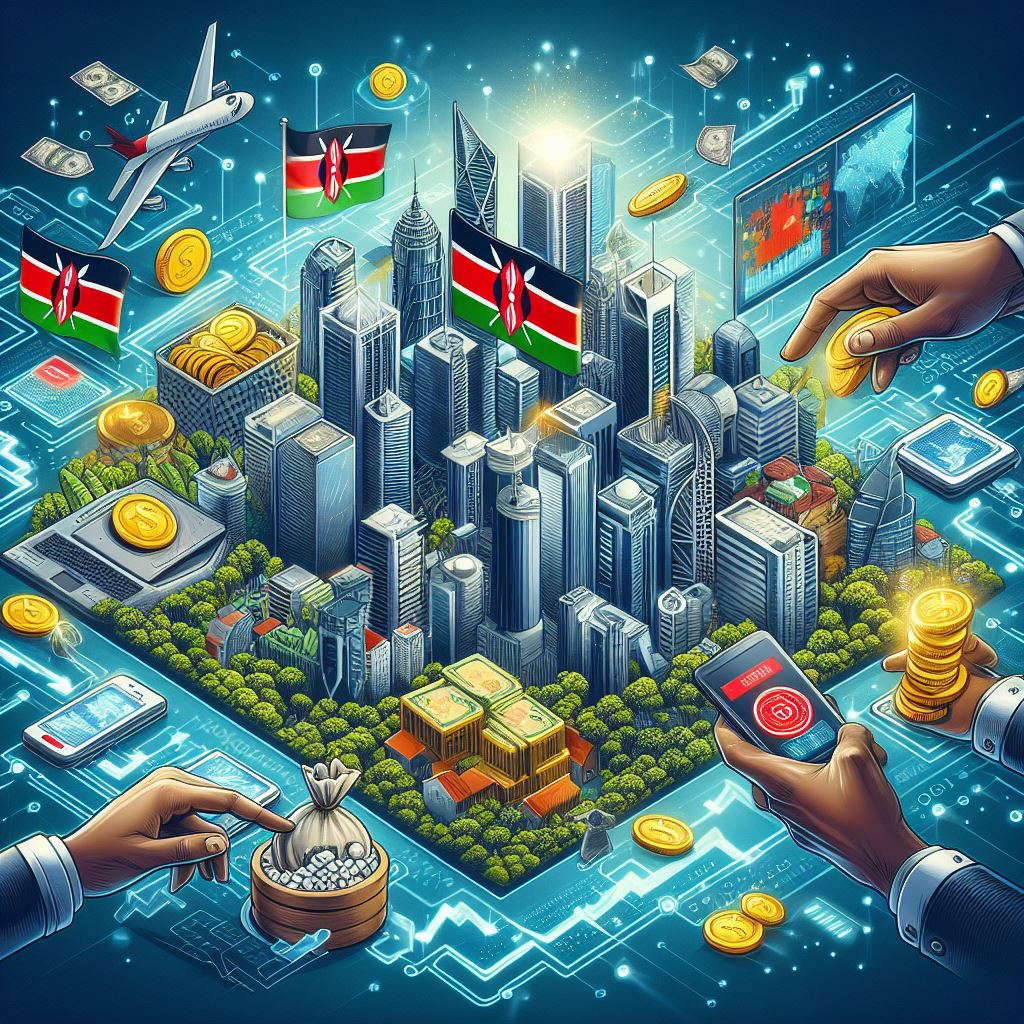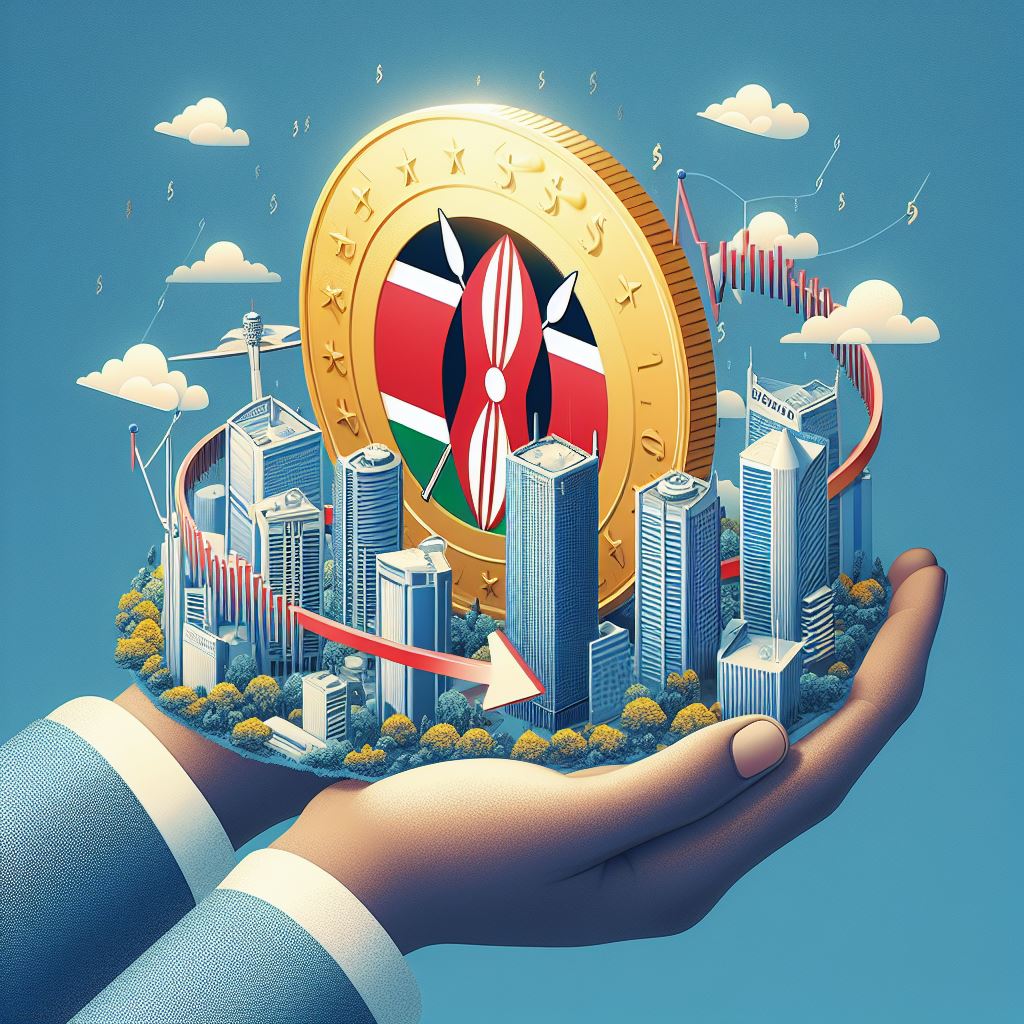Introduction.
A new trend towards sustainable farming is gradually emerging as the global demand for sustainable farming increases. Therefore, due to the effects of climate change, resource limitations, and growing consumer concern, agri-businesses are forced to progress from conventional to innovative markets. This devotional has extended far for beyond just being a fad; it is orienting what agriculture is and does, from the seed to the plate. There is, therefore, the need to assert the industry objectives for economic development whilst upholding social responsibilities and conservation of the environment besides offering long-term solutions. Peculiar to this transition is the question of how to have the global food sector increase production and efficiency and, at the same time, be environmentally sustainable enough to feed the ever increasing global population.
However, incorporating sustainability within agri-business still has its blessings as well as curses. Modern farming systems are really very much attached to the methods that, in the long run, are not beneficial for the sustainability of the farm. With environmentalism, and the use of organic and ethically sourced food and materials becoming more important to consumers, the companies need to look for ways to make their products be environmentally friendly and sourced in an ethic manner while not compromising their profitability. Sustainability on the farm and during food processing, distribution, and consumption concerns a systematic change where traditional industrial and business models have to be supplanted by new ones based on novel technologies. It is one thing to approach food production in a way that ensures minimal exploitation of resources, but it is quite another to drive the concept of sustainability right into the heart of agri-business as a newly docsri Important quality that defines the overall framework of the food chain process.
1. Redesigning Supply Chains: Transition towards Sustainable and Unfettered Agri- Business System.
With the increasing concern for sustainability, the attention shifts to those supply chains that incept and support the agri-business industry. Agricultural supply chains are often long, spotted with intermediaries, and suffer from imperfect information, all of which can harm sustainable outcomes. The concerns also suggest the need for developing robust and clear supply networks in order to respond to these issues. This call for the reorientation of the totality of the process; from acquisition of the raw materials to the delivery of the end products into a much more sustainable, efficient, and traceable system. With the help of technologies like blockchain, which now enables users to trace the flow of products in real time, sustainable initiatives and commitments can finally be actually kept and environmentally friendly production can finally be a reality. The use of these innovations avoids wastage and fraud and offers the consumers the authenticity of the products stating where and how the product was made.
Furthermore, the call for the public release of information complements strategies for ensuring the supply of sustainable materials in the production of agri-businesses by minimizing food wastage and efficient utilization of resources. The combination of AI and machine learning will help agri-businesses to forecast demand and monitor inventory, as well as detect inefficiencies in near real-time, therefore decreasing both food waste and emissions associated with fruit and vegetable transportation. These technologies facilitate the supply chain to assume a closed loop system in which resources are used repeatedly and wastes are eliminated. In addition, using data-driven real-world solutions in close cooperation with farmers, suppliers, and distributors, agri-businesses can design and manage more effective and sustainable chains that are less vulnerable to sudden disruptions such as climate change consequences, trade restrictions, or the pandemic.
2. Sustainable Farming Practices: Reducing the Environmental Footprint of Agriculture.
The basis of a viable agri-business model is built, therefore, on an environmentally sound approach to farming and a minimum level of harm to the natural environment. Subsistence agriculture that is practiced especially in the developing world is blamed for extensive loss or degradation of future crop growing land, water sources contamination, and emissions of greenhouse gases hence sustainable farming methods are being championed increasingly. Modern techniques including crop rotation, reforestation, conservation agriculture, and more accurate farming methods or precision farming are quickly finding their place as a means of making farming greener while at the same time increasing production and soil health. Some practices, such as regenerative agriculture that involves no or less tillage, crop rotation, and composting, and it does not only help store carbon but also makes farming more resilient to climate variability. These practices help in replenishing the soil fertility and the ecosystems, hence enabling the availability of long term deform of farming systems.
Another such sustainable agriculture practice is agroforestry systems where trees are grown in conjunction with crops, which have many environmental advantages, including better moisture control, diversity in micro flora and fauna and increased stock of carbon. In addition and also, precision farming view technologies such as GPS, IoT and AI to manage resource usage – water, fertilizer, and pesticides in the right manner so that no excess is used and they only reach the target-area. Today, smallholders are benefiting from sustainable farming practices as agri-businesses implement sustainable farming practices as a form of reducing cost of production and environmental footprint and enhance the long-term sustainability of agri-businesses. None of these practices are only about the sustainability of the farming operations. They also have a way of helping protect natural resources that would be useful to the future generations.
3. The Role of Technology in creating a Sustainable Agri-Business Economy.
Technology has now emerged as a core tool that underpins the change in agri-business enterprises to sustainability. Thanks to technological, AI, IoT, drones, and big data analysis, it brings changes to manage crop, resource, and logistics. Through the use of natural language processing systems, large troves of data can be digested to uncover insights that are useful in increasing crop yields, forecasting the climate and recognizing emergent instances of pestilence, all of which helps improve the yield per unit area of farmland. the Internet of Things or IoT: the presence of sensors in the field, measuring moisture and temp of the soil and so on, means that farmers can channel their time and finances into its greatest operational potential. They have made it possible for farmers to fix their inputs in the right manner to ensure that they have efficiency gains that ensue despite the loss in leakage.
Another important innovation in the area of technology being adopted in the conduct of agri-business is through drones. These aerial devices are fitted with cameras and other sensing instruments for purposes of assessing crop health, crop productivity, as well as for signs of disease or insect infestation. This capacity of remote monitoring means that farmers can better manage and eye for signs in the field, which may lead to a problem and try to treat the problem before it is fully let loose on their crops . In addition, the use of blockchain in the agri-business enhances the development of well-trusted credible supply chains that guarantee sustainable sourcing to curb fraud. Through the use of these technologies, agri-business gets to advance its environmental efficiency, increase production, and increase its performance while at the same time promoting further development of technologies in agriculture.
4. Circular Economy in Agri-Business: Application on the Use of Waste Reduction and Resource Optimization.
Within the context of agri-business, a circular economy can be viewed as a radical solution to modern resource management problems. Different from the linear economy model that takes a resource, makes the product, and then disposes of it, circular economy tries to give value-added during the production of the product, reuse the product during or at the end of the product’s lifecycle or even turn the product into a resource at the end of the product’s lifecycle. In the circumstances of agri-business, this means re-visiting how generated waste from food waste, agricultural residuals, and manufactured packaging material can be re-introduced as useful feedstock within the total supply chain system. For instance, food waste can be converted to bio powering or used to feed animals, or other products can be turned into fertilizers or improving soil conditions, and hence minimize the usage of inputs from other sources.
Apart from the reduction of waste, circular economy in agri-business ensures optimization of resources including water, energy, and land. It is possible for the agri-business entities to cut down on their impacts on the natural environment by embracing renewable energy resources and efficient technologies together with water conservation devices. For example, innovation such as the use of solar energy to power irrigation tools will less depend on the non-renewable energy sources as compared to the use ofіст on water can be used to develop a closed-loop water system so as to maximize the reuse of water sparing few resources. Thanks to the adoption of a circular approach in agri-business, innovation is spurred, as well as the creation of sustainable business models for agriculture that has to be less vulnerable to climate change.
5. Consumer Trends: The Increasing Need for Organic and Fair Trade Food Products.
In recent years, consumers have changed their preference with the direction towards a more sustainable means of deriving their foods. Globally, today’s consumer is becoming environmentally conscious and socially responsible when purchasing goods, which has acted as a force that has put pressure on agri-business to embrace the aspect of transparency in production and delivery of products. Labelling of products as ‘organic’ or as ‘fair trade,’ consumers want agri-businesses to have principles they cherish and uphold. This growing global demand has encouraged the food companies, supermarket chains, and retailers to add extra effort to redesign the supply chain and to incorporate responsible sourcing practices for the conservation of environment, society, and animals.
Doing so requires sustainability to become part of the business strategies within the agri-food sector, hence reaching further than product considerations. This ranges from responsible production methods, paying our employees a fair wage, and reverting to environmentally sustainable packaging. Customers do not just want a simple object anymore; they want to know how that product is made, what it is made of, and its consequences in the environment and the globe. Thus, responding to these new consumer demands, agri-businesses have the opportunity to develop a new, steadily growing niche, acting as pioneers of the new, more ethical, and environmentally-friendly economy of agriculture.
Conclusion.
This demonstrates that change toward the sustainable management of agri-business must be anchored on good policies and willing dealers working hand in hand with financial sponsoreh. National and international governments and financing organizations are responsible for designing and putting into practice the framework that will encourage sustainability in agriculture. There are examples of regulations for sustainable production, incl. subsidies to renewable energy, carbon credits, or grants for applying precision farming – these measures help businesses to make the transition to more sustainable practices financially profitable. Further, proper policy systems on compliance with sustainable production practices and encouragement of environmental management practices can foster a fair ground competition for agri-business corporations that seek to adopt better sustainable practices.
Another areathat can nott be overemphasised as crucial for effecting the transformation to sustainable agricultural business is financial support. Shall monitor loaning institutions to provide green bond facilities, impact investmen, and plus climate finance for the application in technologies and structures to sustaining the agri-food system. In addition, deploying effective PPPs for sustainable agriculture takes benefits funding, knowledge, support, and more importantly, the specialized insight to implement sustainable and efficient agriculture solutions globally and especially in the less-developed countries where many face restricted financing opportunities. Through proper policies and finance, government and institutions can help to turn agri-business into better and more sustainable, stronger, and commercially viable industries that make changes in the food production system possible.

























